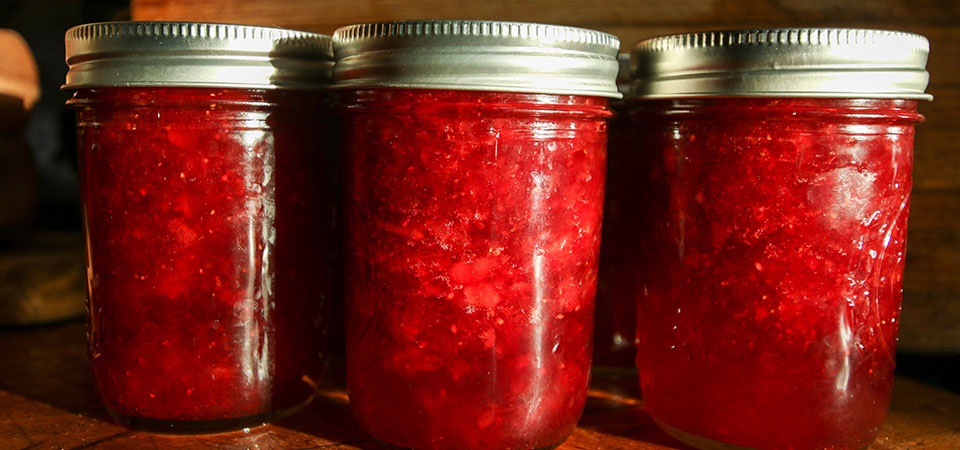Home canning is a popular way to preserve the freshness of homegrown food. Kansas State University food scientist Karen Blakeslee says that when done correctly, home food preservation also can save money by reducing food waste.
“Those with health issues can preserve some foods without sugar or salt,” Blakeslee said. “But most of all, those who preserve food get the satisfaction that they have preserved their homegrown food.”
However, when improper practices and unsafe food handling techniques are used, the food can cause foodborne illness.
Blakeslee, naturally, advocates for safety. She recently offered a few tips to help prepare for success.
Learn how to use equipment properly
Blakeslee urges home canners to read and follow all manufacturer usage instruction for equipment before they use it. “Any deviation from usage instructions can lead to equipment failure or food not preserved safely,” she said.
Also, maintain equipment by checking for wear and tear of canners or other equipment. Replacement parts are available for some equipment.
“Dial gauges on pressure canner brands Presto, National, Maid of Honor and Magic Seal should be tested annually for accuracy,” Blakeslee said. “Rubber seals should be checked for cracks or dryness and replaced, if necessary.”
Many extension offices in Kansas offer free testing of dial gauges for the brands she lists. Check with your local office to ask if this service is offered.
Follow reliable recipes
Blakeslee said a reliable recipe is one that has been developed with research to verify the safety of the process.
“These include any university extension recipe source, the USDA Complete Guide to Home Canning, and the National Center for Home Food Preservation,” she said.
More information also is available online from the K-State Rapid Response Center for Food Science.
Use the proper method for the food being canned
Blakeslee said there are two canning methods: water bath canning, and pressure canning. The method used depends on the food being canned.
“The water bath canning method can be used for high acid foods such as jams and jellies, pickles, most fruits and most tomato products,” Blakeslee said. “Pressure canning must be used for low acid foods, such as plain vegetables, meat, poultry and seafood.”
There are a few foods – including some tomato products – that can be processed with either method. Blakeslee said further guidance is available on the website, Preserve if Fresh, Preserve it Safe. That website, she notes, also has an option to sign up for a monthly food preservation newsletter delivered to your email inbox.
Blakeslee, who also is coordinator of K-State’s Rapid Response Center for Food Science, publishes a monthly newsletter called You Asked It! that provides numerous tips on being safe and healthy. More information is also available from local extension offices in Kansas.



